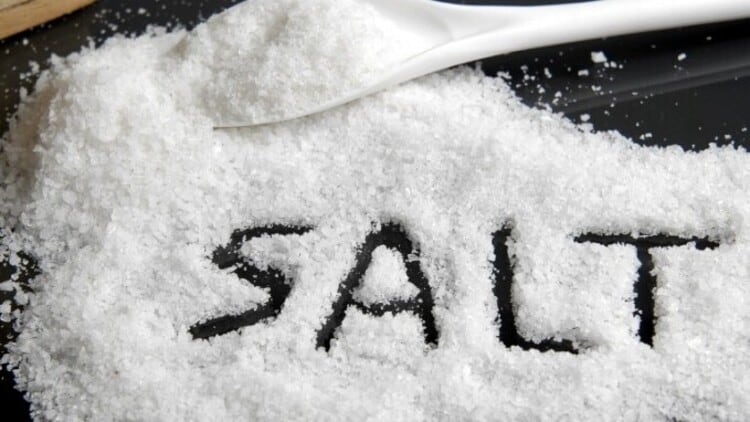The study, titled “A 10-Year Impact Evaluation of the Universal Salt Iodization (USI) Intervention in Sarawak, Malaysia, 2008-2018”, aims to evaluate the impact of the USI among the kids after implementation spanning 10 years.
The researchers extracted data from the 2008 and 2018 Sarawak state-wide IDD surveys. The two studies were cross-sectional surveys featured information on the socio-demographic, status of goitre, urinary iodine, and the amount of iodine in the salt samples.
A total of 1,104 and 988 children, between ages 8 and 10, were involved in the 2008 and 2018 surveys, respectively. All subjects were from 30 primary schools in Sarawak under the Ministry of Education as sampling units for the survey.
After sampling, the researchers utilised visual examination and palpation to assess the thyroid volume and spot urine samples from each child to determine urinary iodine levels. Subjects were also requested to bring 80g of table salt from home to evaluate the iodine levels.
A large-scale survey in 1976 and large number of focal surveys in 1980s in Sarawak demonstrated the prevalence of goitre, primarily in the state’s rural regions. The reason is the lack of access to iodine-rich seafood and a high intake of goitrogens, such as cassava root and leaves.
However, the socio-economic development over the past 20 years have made outside food, including seafood, more widely available to communities living in once remote and inaccessible areas.
After the 2008 IDD survey was released, the Malaysian Ministry of Health decided to introduce USI in the state, alongside legislation requiring all salt for human consumption in the state to contain between 20 mg/kg to 40 mg/kg of iodide calculated as potassium iodide.
Hence, this paper aimed to compare results from the two state-wide IDD surveys, with the intention to assess the impact of the USI on Sarawak school children after a decade of USI implementation.
Findings
First, the overall prevalence of goitre among the Sarawakian school-going subjects was recorded to be significantly lower at 0.1% in 2018 compared to 2.9% in 2008.
Second, the median urinary iodine concentration (UIC) in urine samples had risen significantly, from 102.1 µg/L in 2008 to 126 µg/L in 2018.
Third, the median concentration of iodine in salt samples brought by the children was found to have improved significantly at 34.4 mg/kg in 2018 compared to 14.7 mg/kg in 2008.
Additionally, the proportion of salt samples with iodine content less than 20mg/kg decreased significantly from 60.8% in 2008 to 24.6% in 2018.
“This is a promising trend, indicating that the IDD is improving with time,” said the researchers. “The improvement of the Sarawak IDD situation in 2018 was likely attributable to the implementation of the mandatory USI programme in 2008 and was in agreement with the results of a number of studies, which revealed that the IDD status was significantly improved in the country with iodization programmes.”
The median salt iodine content has improved after the USI due to several factors, for instance almost all salt in the state were imported thus it was easy for the authorities to monitor compliance at ports of entry.
In conclusion, Sarawak has improved from being at a borderline state of iodine inadequacy before the USI to ideal now. The results also proved the effectiveness of the mandatory USI to increase nutritional iodine status of the Sarawakian population.
“Particular attention is needed to keep IDD under control in Sarawak, such as improving the monitoring and surveillance system at all levels on the quality of iodised salt to ensure that the USI programme is effective. In addition, future studies on the prevalence of IDD in other vulnerable groups, such as newborns, pregnant and lactating mothers, are required,” said the researchers.
Source: Nutrients
DOI: 10.3390/nu14081585
“A 10-Year Impact Evaluation of the Universal Salt Iodization (USI) Intervention in Sarawak, Malaysia, 2008–2018”
Authors: Lim Kuang Kuay et al.




